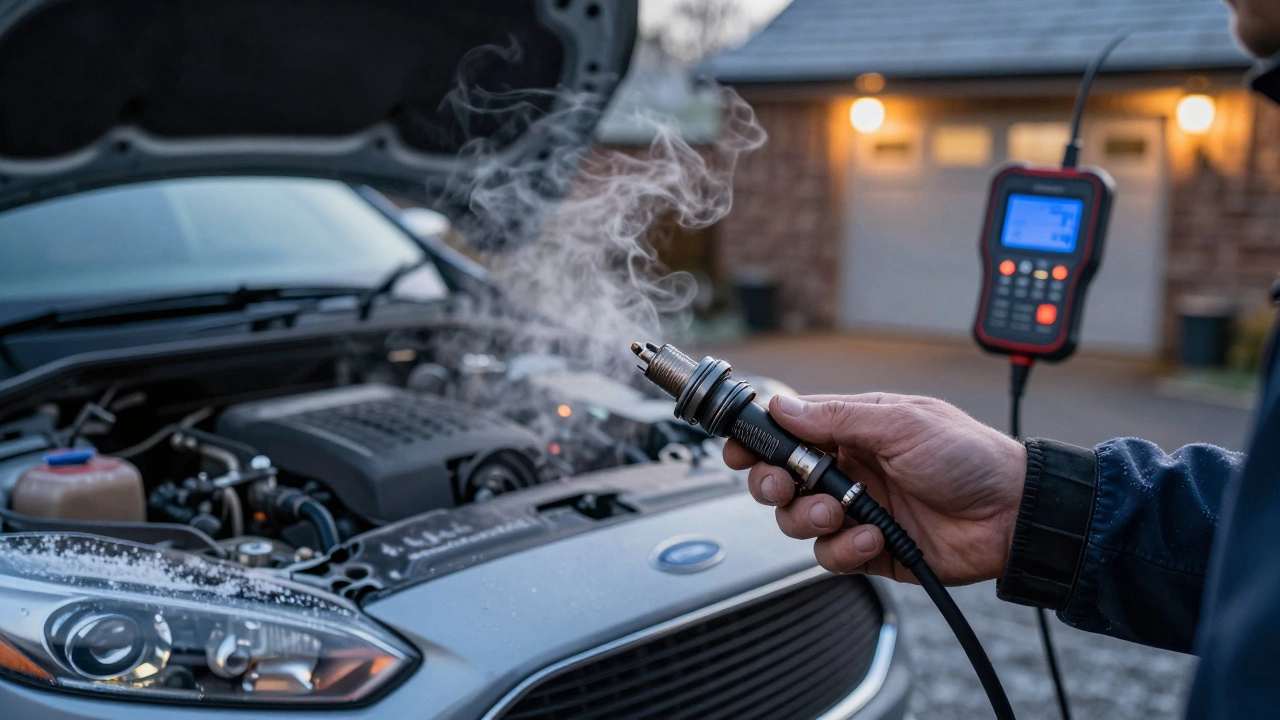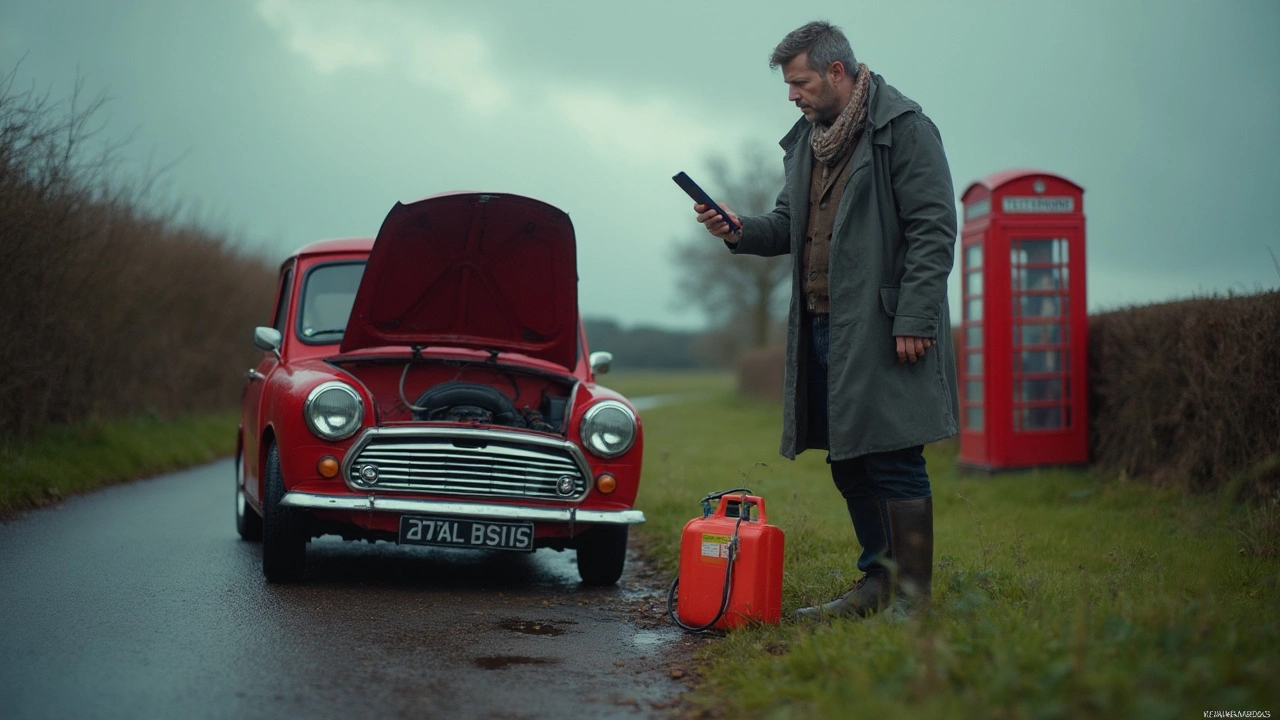Car Starting Problems – How to Diagnose and Fix Common Issues
When dealing with Car Starting Problems, issues that keep an engine from turning over or firing up. Also known as engine no‑start, it can stem from many tiny failures.
One of the most frequent culprits is the Spark Plug, the small part that creates the spark to ignite the fuel‑air mix. When a spark plug wears out, misfires happen, fuel consumption spikes and the engine may refuse to start. You’ll notice rough idle, a weak pull on the starter, or a dreaded click‑click‑click sound. Checking the gap, looking for carbon fouling, and swapping in a fresh plug often restores life instantly. The spark plug’s health directly influences the ignition system, which in turn determines whether the engine can even begin its combustion cycle.
Other Key Players Behind a No‑Start
The Battery, the main source of electrical power that spins the starter motor is the next logical suspect. A weak or dead battery can't provide the voltage surge needed for the starter, leading to sluggish cranking or no cranking at all. Measuring the resting voltage (should be around 12.6 V) and the cranking voltage (above 9.6 V) helps pinpoint the issue. If the battery is old, corroded terminals or a bad alternator may be draining it, so a quick clean‑up and load test are worth the effort.
Even with a healthy battery, the Starter Motor, the electric motor that physically turns the engine over can fail. Symptoms include a loud grinding noise, a single click, or nothing at all when you turn the key. Testing involves checking for voltage at the starter solenoid while turning the key; if voltage is present but the motor doesn't engage, the starter itself needs replacement or rebuild. Remember, the starter relies on the battery’s power and the ignition switch’s signal, so both must be functional for a smooth start.
The Fuel Pump, the component that delivers pressurised fuel to the engine is often overlooked but equally vital. A failing pump can starve the engine of fuel, causing the engine to crank but never fire. Typical clues are a sputtering idle, a whining noise from the tank area, or an extended crank time before the engine catches. A simple fuel pressure test can confirm if the pump is delivering the correct PSI (usually 30‑50 psi for most petrol cars). If the pump is weak, cleaning the fuel filter or replacing the pump resolves the no‑start condition.
All these parts—spark plugs, battery, starter motor, and fuel pump—form an interconnected chain. When one link breaks, the chain collapses, and the car won’t start. Understanding how each element contributes helps you diagnose faster and avoid costly shop visits. Below you’ll find a curated set of articles that dive deeper into each component, offer step‑by‑step checks, and suggest practical fixes you can try at home.

Will New Spark Plugs Improve Starting? Here’s What Actually Happens
Dec 4 2025 / Ignition PartsNew spark plugs can improve car starting - but only if your old ones are worn or fouled. Learn the signs, when to replace them, and what else could be causing hard starts.
VIEW MORE
Can You Jump Start a Bad Fuel Pump? Real Answers for Real Car Trouble
Jun 8 2025 / Fuel PumpsEver wondered if you can jump start a car with a bad fuel pump? This article breaks down what actually happens when your fuel pump fails and if any tricks can get you back on the road. Learn the facts about jump starting, what a fuel pump really does, and what signs point to trouble. Get quick, actionable tips for dealing with fuel pump headaches. Don’t get stranded—understand what’s possible and when to call for help.
VIEW MORE